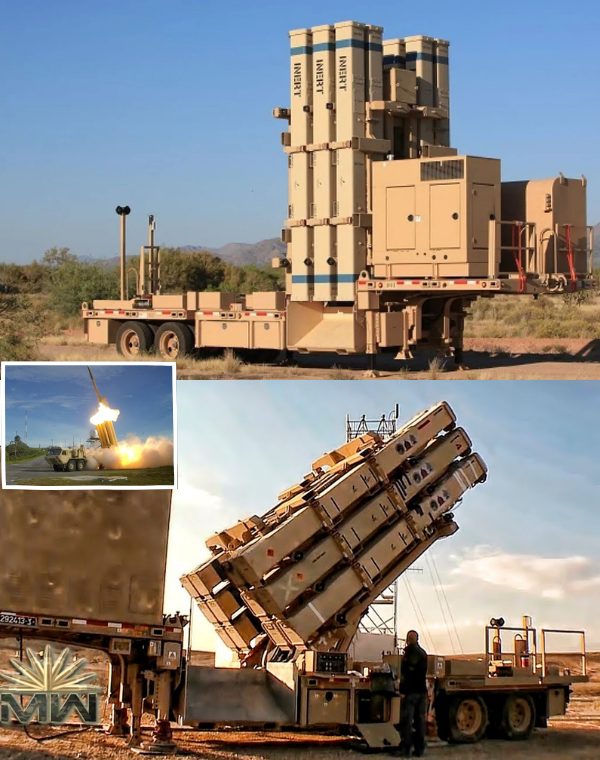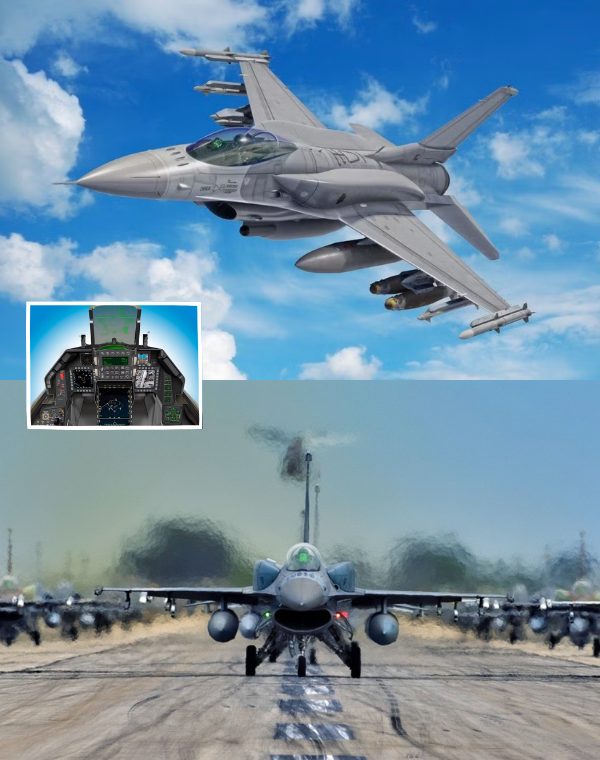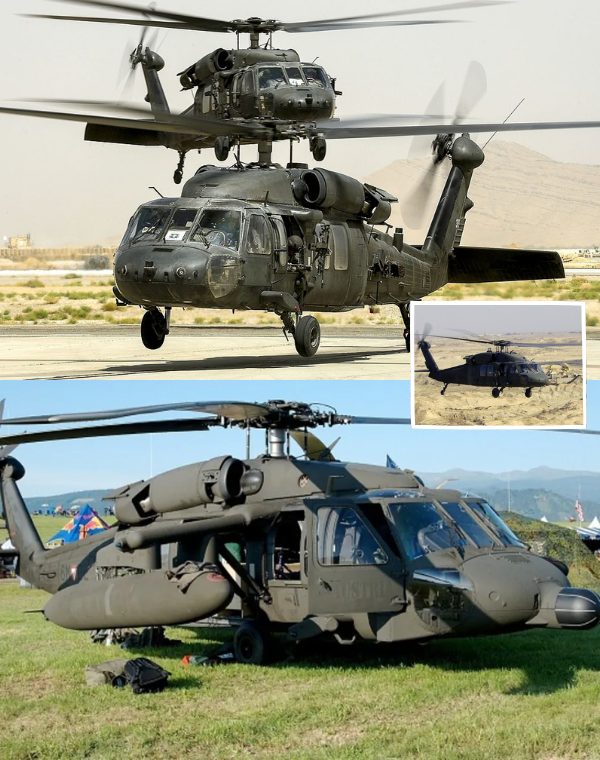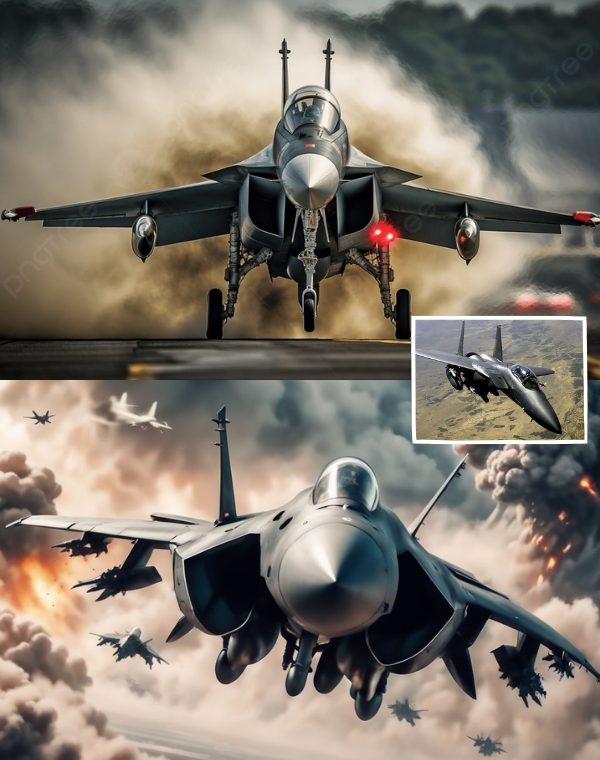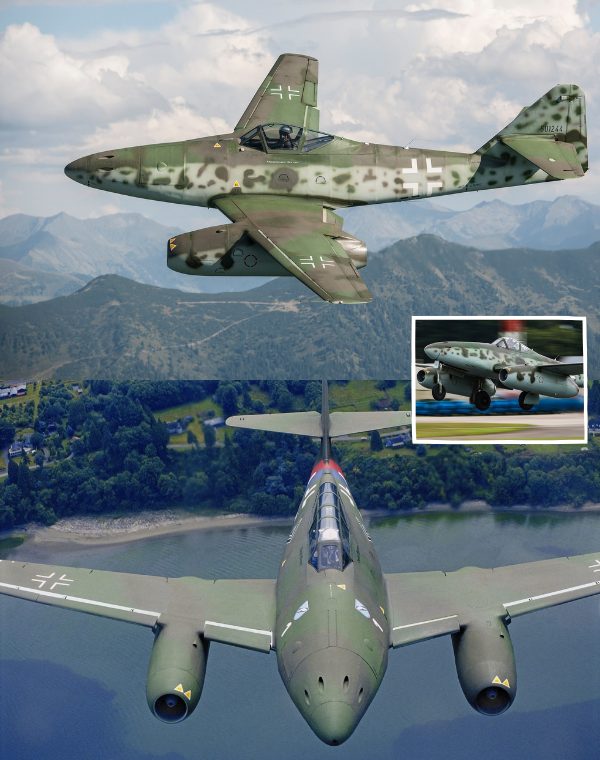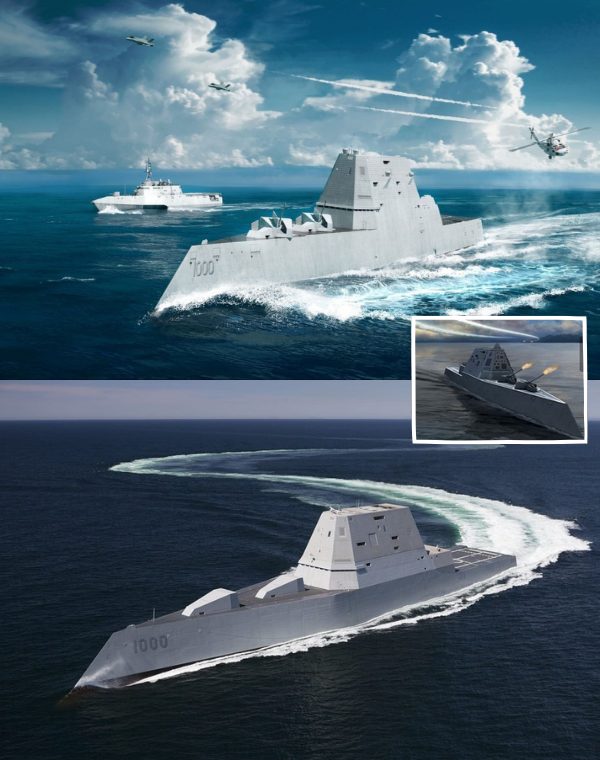For about half of “Guy Ritchie’s The Covenant,” a big, explosive Afghanistan-set war flick, the bombastic director nearly forgets that his name is attached to the film’s title. Instead, the movie plays more like the second half of its clunky title; it’s initially a pensive, self-aware story of a rugged American Sergeant named John Kinley (Jake Gyllenhaal) and his observant Afghan translator Ahmed (Dar Salim) who live every day with a tacit agreement. Through Ahmed’s work, a job that puts him at grave risk of retaliation by the Taliban, he and his wife (Fariba Sheikhan) and child will be given visas to the United States. “The Covenant” operates best as a quiet, taut character drama that tests America’s myriad of failed promises to the Middle Eastern country and its people.
 s
s
If “The Covenant” were only an interrogation of the hollowness of American exceptionalism, as its first hour suggests, it’d be among the most honest portrayals of the country’s role in the region. But Ritchie eventually awakens from his stupor, pushing this combat-action flick to gonzo territory.
In “The Covenant,” we’re immediately given an immersive view of the dangers hanging over all involved. For instance, during the opening scene Kinley and his men—a team specializing in the recovery of explosives or weapons of mass destruction—are conducting roadside checks. Their translator attempts to get an Afghan truck driver to open his payload, only for a bomb to be detonated, murdering the translator and two other soldiers. When Ahmed arrives to fill the vacant position, it might surprise the viewer to hear his brusqueness; the job is merely a paycheck to him. We discover later that Ahmed is more attached to bringing down the Taliban than he lets on.
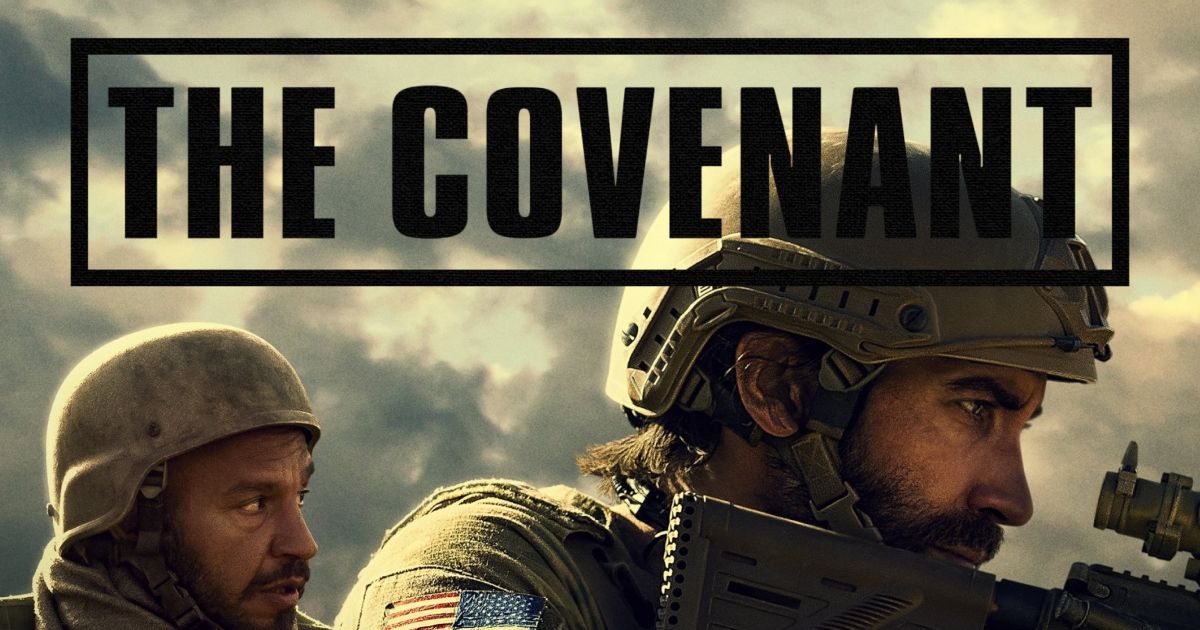
That stoicism gives the script by Ritchie, Ivan Atkinson, and Marn Davies so much intrigue. Because though the gaze of cinematographer Ed Wild’s camera appears attached to Kinley, it’s actually enraptured by Ahmed. From knowing the local drug trade to being able to tell when someone is lying instantly, Ahmed demonstrates that he is an intelligent man intimately aware of the happenings around him. He is unafraid to speak up or to go off script, such as negotiating with an informant or correcting the unamused Kinley of his errors. Salim is totally connected with how his broad frame plays to the camera; how these soldiers see him as a threat, often not even acknowledging his presence, even though he is there to help them. Sadim also displays an intelligence that runs counter to the brawny, gut-check soldier seen in other war films.
However, fissures break open when Ritchie turns his visual interests away from Salim to Gyllenhaal. When an attack leaves Ahmed and Kinley fighting through the Afghan wilderness back to base, the specter of the unequal relationship Sidney Poitier and Tony Curtis shared in “The Defiant Ones” rears its ugly head: Will this partnership cause Kinley to finally see the inherent humanity of Ahmed? Admittedly, Kinley doesn’t wholly disregard Ahmed’s presence like Curtis does to Poitier. It’s suggested through Gyllenhaal’s psychologically firm performance that he trusts and even somewhat admires Ahmed. And yet, the personal distance outside the workplace setting of war is apparent. As opposed to the other soldiers under his care, Kinley would rather not know anything about Ahmed, making their flight toward freedom through the wilderness an uneven arrangement whereby Ahmed is tethered to Kinsely not solely through loyalty (and really, not even out of friendship), but an unearned honoring of the camaraderie shared by soldiers in combat.

From there, “The Covenant” quickly flies off the rails as it aligns closer to being like other Ritchie movies, such as “Wrath of Man” or “The Gentlemen.” Kinley experiences rabid fever dreams shot from oblique angles, with frames sped up and slowed down, as a cacophony of sights and sounds nearly overwhelm the picture. The film’s entire second half also devolves into Kinley, now back home in America, trying to obtain visas for Ahmed and his family, who are in hiding.
The phone calls by Kinley, which force him to jump through bureaucratic hoops, express how apathetic the system is toward Afghan translators. Ritchie tells of a reality that sees America promising one thing, only to use up their ally and then cut them loose when they are of no more value. It’s a story that arose two years ago when America withdrew from Afghanistan, leaving many collaborators at the mercy of the Taliban. America’s failure is a truth worth telling, but Ritchie can’t help himself but to dress these scenes with grating, melodramatic cliches. Kinley’s dutiful wife (Emily Beecham) is outlined as merely a supportive spouse, and Kinley becomes a character based more on shock value than aching, organic feelings.
Gyllenhaal does his best to shoulder Ritchie’s consistent tonal missteps. But there’s only so much he can do as his director steers “The Covenant” closer to James Bond territory. The explosions go bigger, the slow motion goes slower, and the bullets seemingly fly further in a final set piece placed atop a dam that defies the firm realism that governs the film’s first half. As black site contractors use an AC-130 gunship (an angel of death) to help Kinley and Ahmed, should we be grateful for the overwhelming firepower on display or rightfully horrified? When the credits roll, and we see white soldiers smiling with their arms around their Afghan translators—some with their faces blurred or their eyes blacked out—should we be touched or haunted?
“Guy Ritchie’s The Covenant” could have been more than a muscular, overwrought war film. It could have been a revealing and controlled, thought-provoking examination of what went wrong in Afghanistan. Unfortunately, the latter is a promise that Ritchie can’t keep.
